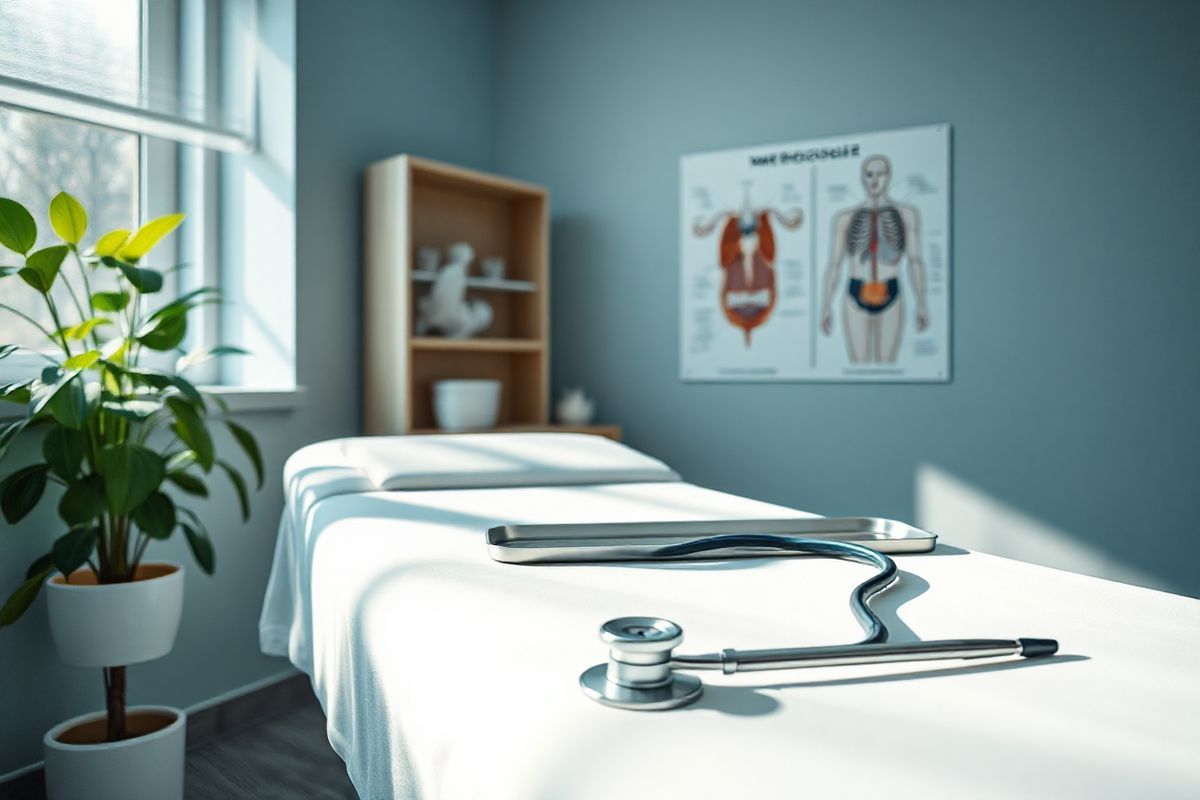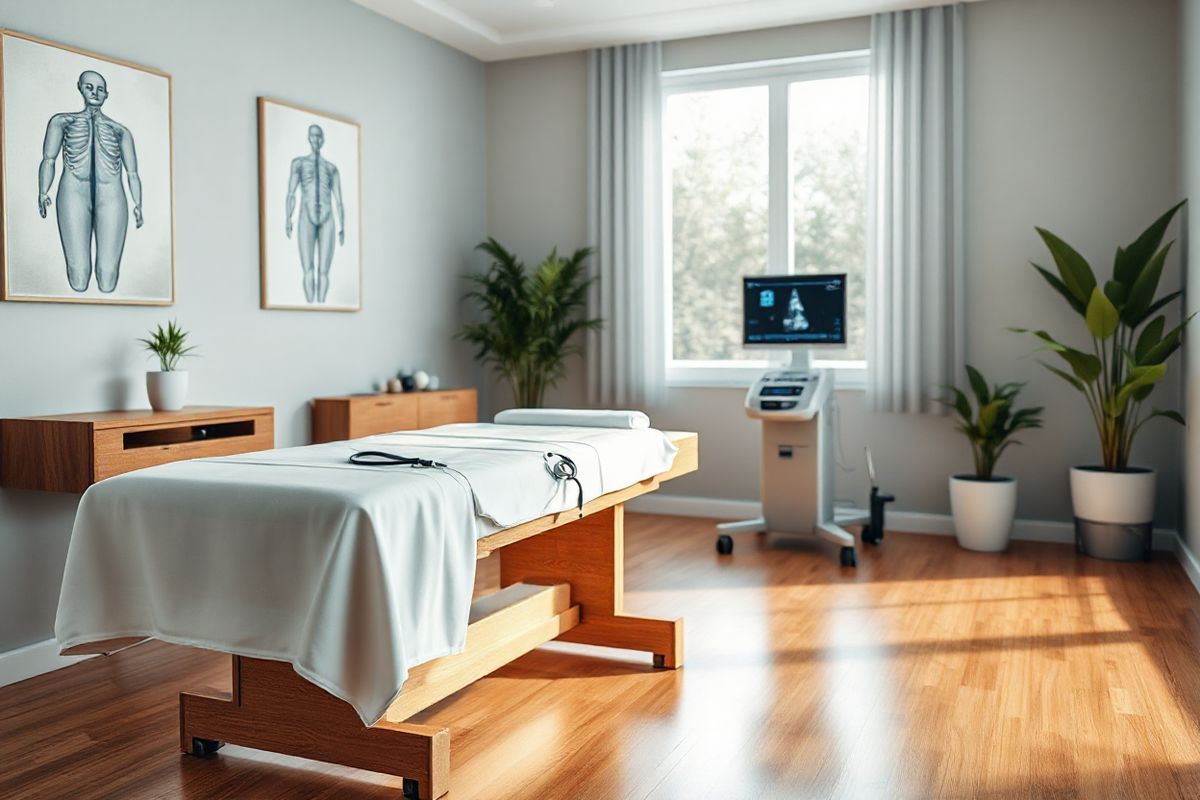Table of Contents
Exploring Varicocele: Causes and Risk Factors

A varicocele refers to the abnormal dilation of veins, particularly the pampiniform plexus, in the scrotum. This condition is comparable to varicose veins found in the legs. The development of a varicocele is predominantly attributed to malfunctioning valves within the testicular vein, which can cause blood to pool due to gravitational effects. Approximately 15% of adult men and 20% of adolescents may experience varicoceles, although many remain asymptomatic (Cleveland Clinic, 2023).
Factors Contributing to Varicocele Formation
- Anatomical Differences: Varicoceles are more frequently observed on the left side due to unique anatomical positioning of the left testicular vein.
- Genetic Predisposition: Family history of varicoceles or other venous disorders can increase risk.
- Age: Adolescents and young adults are particularly susceptible, often during periods of rapid growth.
- Lifestyle Factors: Obesity, a sedentary lifestyle, and occupations that require prolonged standing can exacerbate symptoms and contribute to the condition.
Larger varicoceles are often associated with more significant complications, including impaired fertility and decreased testosterone production. They can also lead to discomfort in the scrotal area, which may worsen with prolonged standing or physical activity (Johns Hopkins Medicine, 2023).
Recognizing the Symptoms of Varicocele thrombosis

Varicocele thrombosis occurs when a blood clot forms within the dilated veins of the scrotum, leading to inflammation and complications. The symptoms can vary widely and may include:
- Scrotal Pain or Discomfort: Patients often describe a dull ache or heaviness in the scrotum, which may intensify after prolonged standing or physical exertion.
- Swelling: The affected area may appear swollen, resembling a “bag of worms” due to the enlarged veins.
- Changes in Testicular Size: Testicular atrophy can occur, leading to a noticeable difference in size between the affected and unaffected testicles.
- Infertility: Varicoceles can significantly impact sperm production and quality, leading to difficulties in conceiving (Cleveland Clinic, 2023).
Notably, some men may not exhibit any symptoms, and varicoceles can often go unnoticed unless evaluated during infertility assessments.
Diagnostic Techniques for Varicocele Thrombosis
The diagnosis of varicocele thrombosis involves a combination of physical examinations and imaging studies.
Physical Examination
A healthcare provider typically conducts a thorough examination of the scrotum while the patient is standing and lying down. The Valsalva maneuver, which involves taking a deep breath and bearing down, may be employed to accentuate any abnormalities.
Imaging Techniques
- Ultrasound: This is the most common imaging modality used to diagnose varicoceles. A Doppler ultrasound can assess blood flow and detect any abnormalities, including thrombosis.
- CT or MRI Scans: In certain cases, these imaging techniques may be utilized to rule out other conditions or complications associated with thrombosis.
Laboratory Tests
Blood tests may also be performed to evaluate testosterone levels, sperm analysis, and to check for any underlying conditions that could contribute to varicocele formation or thrombosis (Mayo Clinic, 2023).
Treatment Options: Managing Varicocele Thrombosis Effectively
The treatment for varicocele thrombosis largely depends on the severity of symptoms and the overall health of the patient. Options include:
Conservative Management
For asymptomatic patients or those with mild symptoms, conservative measures such as:
- Pain Management: Over-the-counter pain relievers can help alleviate discomfort.
- Supportive Garments: Wearing an athletic supporter can provide support and reduce discomfort (Cleveland Clinic, 2023).
Surgical Interventions
In cases where conservative management is ineffective or if significant complications arise, surgical options may be recommended:
- Varicocelectomy: This is the surgical removal of the varicocele, typically performed through an open or laparoscopic approach. It is aimed at reducing symptoms and improving sperm quality.
- Embolization: This minimally invasive procedure involves blocking the affected veins to redirect blood flow to healthier veins. It is often preferred for patients who wish to avoid surgery (Mayo Clinic, 2023).
Postoperative Care
Post-operative care is crucial to ensure recovery and monitor for any complications, including recurrence of varicocele or thrombosis.
Lifestyle Changes and Preventive Measures for Varicocele Thrombosis
For individuals at risk of developing varicoceles or those who have already been diagnosed, certain lifestyle modifications can help manage symptoms and prevent further complications:
- Maintain a Healthy Weight: Obesity is a significant risk factor for varicoceles. Regular exercise and a balanced diet can help manage weight.
- Avoid Prolonged Standing: Taking breaks to sit or recline during long periods of standing can alleviate pressure on the scrotal veins.
- Stay Hydrated: Adequate hydration can help maintain overall vascular health.
- Regular Check-Ups: Regular visits to a healthcare provider for monitoring and management can ensure early intervention if complications arise.
FAQs about Varicocele Thrombosis
Can varicocele thrombosis lead to infertility?
Yes, varicocele thrombosis can impair sperm production and quality, which may contribute to infertility issues.
What are the signs that I should seek medical attention for a varicocele?
Seek medical attention if you experience severe scrotal pain, noticeable swelling, or difficulties with fertility.
Are there any non-surgical treatments for varicocele thrombosis?
Yes, conservative management options such as pain relief medications and supportive garments can be effective for mild cases.
How can I prevent varicocele thrombosis?
Maintaining a healthy weight, avoiding prolonged standing, and staying hydrated can help reduce the risk of developing varicocele thrombosis.
What is the recovery time after varicocele surgery?
Recovery time varies but typically ranges from a few days to a couple of weeks, depending on the surgical technique used.
References
- Cleveland Clinic. (2023). Varicocele. Retrieved from https://my.clevelandclinic.org/health/diseases/15239-varicocele
- Johns Hopkins Medicine. (2023). Varicocele. Retrieved from https://www.hopkinsmedicine.org/health/conditions-and-diseases/varicocele
- Mayo Clinic. (2023). Diagnosis and treatment. Retrieved from https://www.mayoclinic.org/diseases-conditions/varicocele/diagnosis-treatment/drc-20378772











